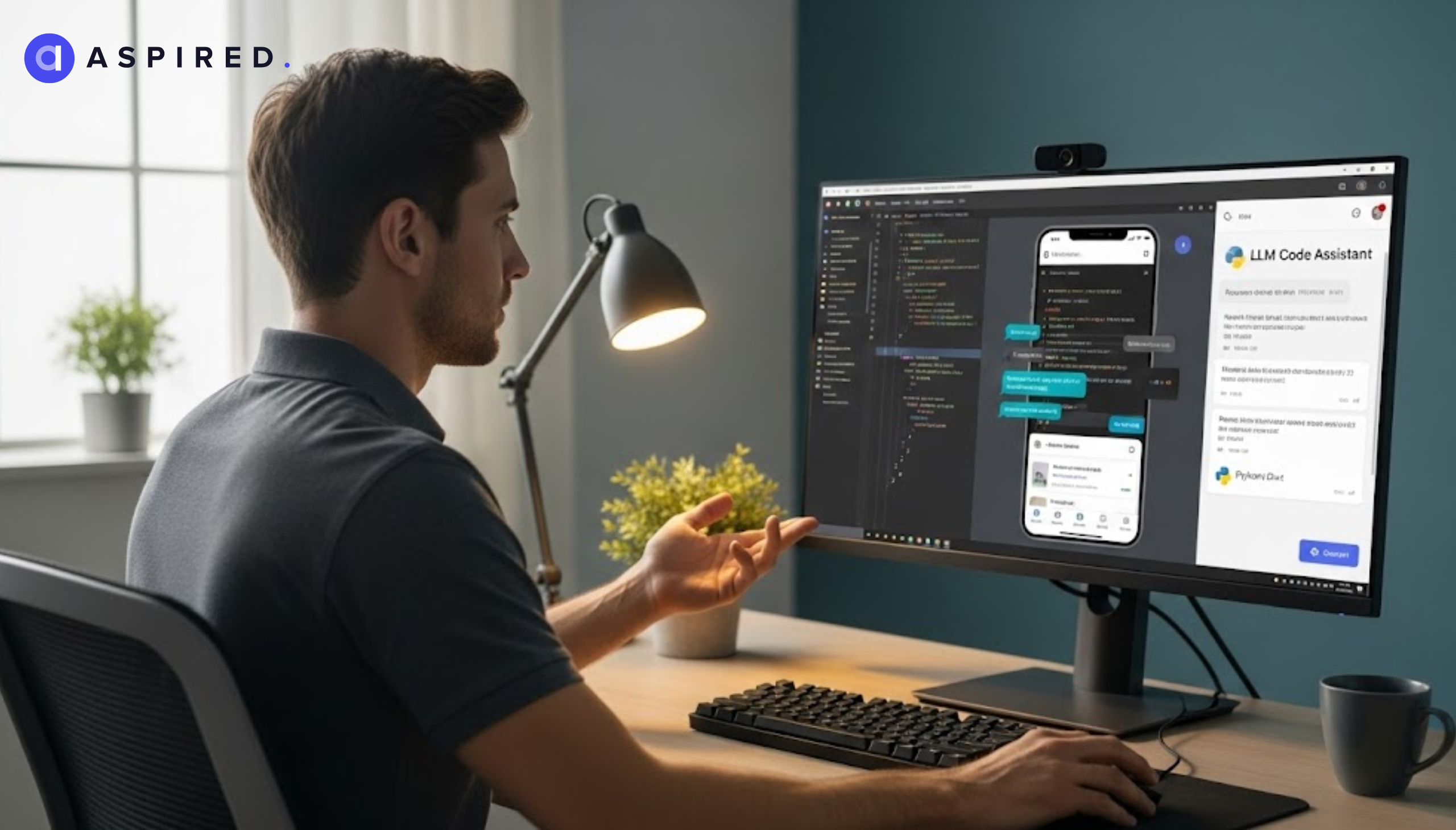In the past, making an app that cloned mobile apps required weeks of coding manually and a lot of design work and huge development teams. Nowadays, thanks to the capabilities of ChatGPT as well as advanced Large Language Model (LLM) technology, this process is much faster, more efficient, and easier to access. From creating backend logic to creating pixel-perfect user interfaces, AI tools are capable of assisting in almost all stages of mobile app development.
Furthermore, systems powered by LLM have transformed applications for mobile devices because they allow developers to build natural, human-like experiences within their apps. That means whether you're trying to replicate social media platforms such as Instagram or a marketplace such as Amazon or even productivity software like Notion, AI can streamline the entire process of ideation to implementation.
In this article, we will walk you through a process-by-step guide to creating an app for mobile that clones ChatGPT made using ChatGPT as well as LLM technology, from the initial concept through after-launch improvement.
Understanding Mobile App Cloning and Why It Matters
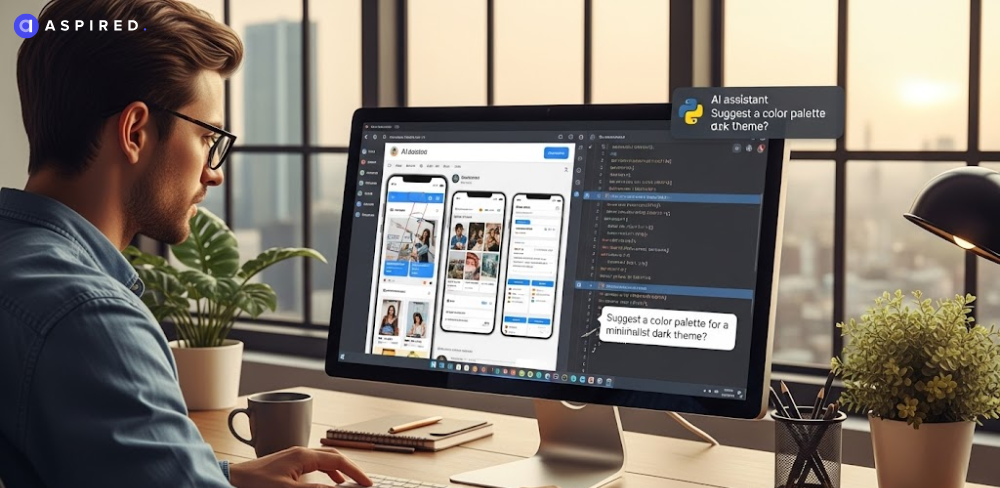 The process of cloning apps for mobile isn't about taking an existing app's intellectual properties. Instead, it is focused on reproducing the core functionality and user experience while adding the features you have developed or a logo.If done properly, When done properly, app cloning may:
The process of cloning apps for mobile isn't about taking an existing app's intellectual properties. Instead, it is focused on reproducing the core functionality and user experience while adding the features you have developed or a logo.If done properly, When done properly, app cloning may:
- Reduce time-to-market by leveraging proven app models.
- Save development costs by reusing functional and design templates.
- Aid startups to quickly validate their business ideas, without having to start completely from the ground up.
By integrating ChatGPT as well as LLMs, the process gets significantly more efficient. Developers can make use of AI to create the app's architecture, create optimized code, design interactive interfaces for conversations, and even automate repetitive programming tasks.
Designing for Mobile App Clone with AI Assistance
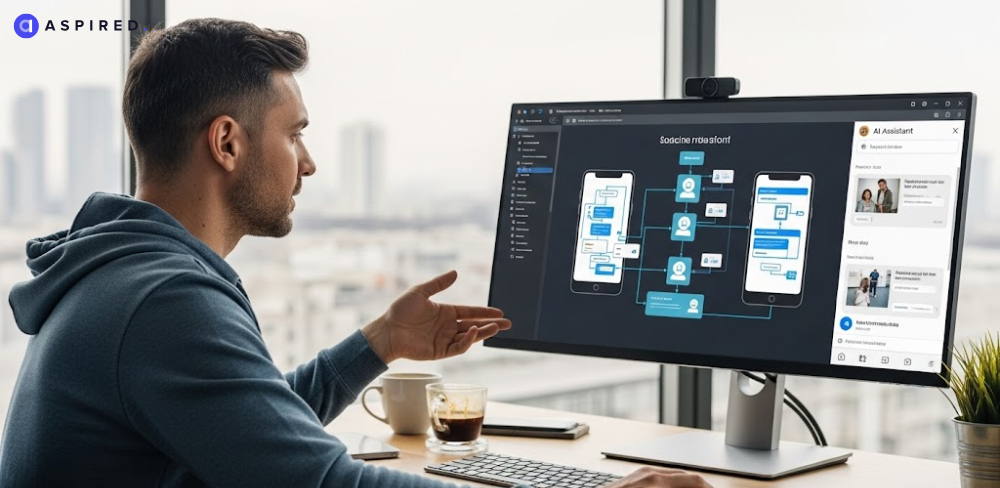 The basis of a success-oriented app is an established strategy. Before you even write your initial line of code, ChatGPT will assist you in defining your scope of work and technical specifications.
Here's the way that AI assists in the process of planning:
Feature Mapping: If you can describe the app you want to target using ChatGPT, it will provide you with the list of its primary functions and workflows, as well as data models.
Competitive Analysis: LLM tools allow you to analyze the strengths and weaknesses of your competitors and help you find the gaps that you need to be able to fill.
User Flow Generation: AI is able to create visual flow diagrams for users using textual descriptions, which ensures you are covered by all necessary screens and functions.
Moving from an initial concept to a clearly defined strategy ensures that your staff or app creation service company can be effective in their execution.
The basis of a success-oriented app is an established strategy. Before you even write your initial line of code, ChatGPT will assist you in defining your scope of work and technical specifications.
Here's the way that AI assists in the process of planning:
Feature Mapping: If you can describe the app you want to target using ChatGPT, it will provide you with the list of its primary functions and workflows, as well as data models.
Competitive Analysis: LLM tools allow you to analyze the strengths and weaknesses of your competitors and help you find the gaps that you need to be able to fill.
User Flow Generation: AI is able to create visual flow diagrams for users using textual descriptions, which ensures you are covered by all necessary screens and functions.
Moving from an initial concept to a clearly defined strategy ensures that your staff or app creation service company can be effective in their execution.
Setting Up the Development Environment
 To build your own clone, you'll require the appropriate frameworks and tools. Traditional development is a manual setup; the LLM-powered assistants will automatize a lot of the setup process.
To build your own clone, you'll require the appropriate frameworks and tools. Traditional development is a manual setup; the LLM-powered assistants will automatize a lot of the setup process.
The key steps are
- Selecting a Framework: To build applications that run on multiple platforms, tools such as Flutter and React Native work well. AI will help you compare the frameworks that you want to use based on your objectives.
- Installing dependencies: ChatGPT can generate terminal commands to install SDK libraries and SDKs, as well as APIs.
- The structure of the project: LLMs can create boilerplate code as well as folder structures to support front-end, back-end, and assets.
Through automatizing the setup of environments by automating environment setup, you can eliminate bottlenecks that are common, which allows you to work on personalization and creativity.
Using ChatGPT to Generate App Architecture
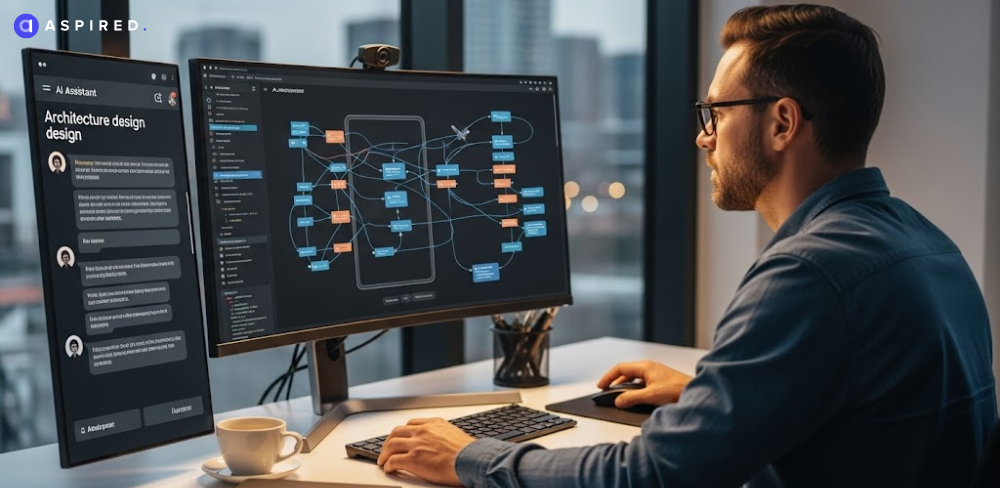 The structure is at the heart of the app. ChatGPT will help you define the way that different components work together with each other, from the database layer all the way to the UI.
The structure is at the heart of the app. ChatGPT will help you define the way that different components work together with each other, from the database layer all the way to the UI.
LLMs may:
- Offer MVC or MVVM designs that are specifically tailored for the requirements of your project.
- Design database schemas for storage of user information, messages, or even transactions.
- Secure APIs are recommended to fetch and update information. If, for instance, you're replicating a ride-hailing application similar to Uber, ChatGPT can generate the framework for ride driver tracking, payment processing, and push notifications.
Making the UI Using AI-Powered Tools
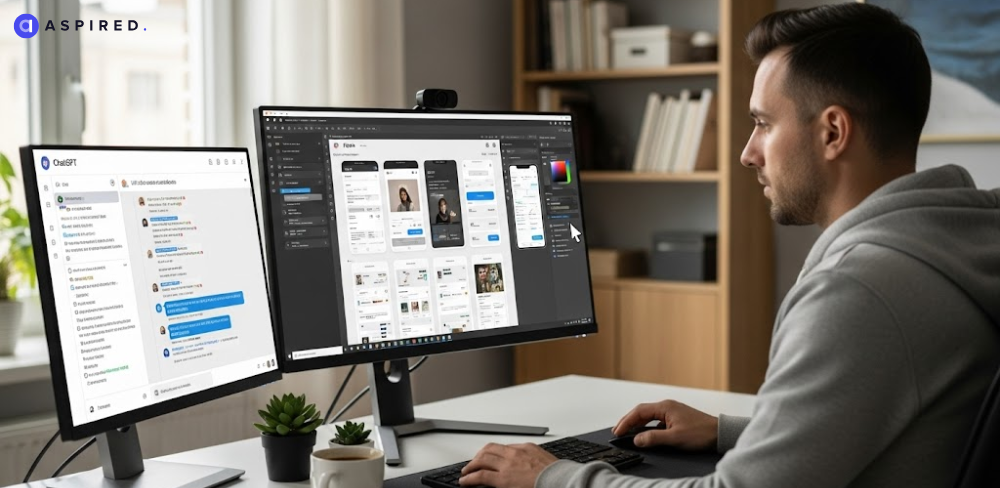 A user-friendly interface that is visually appealing is essential for the user's acceptance. AI aids in design, such as Figma plug-ins, Midjourney suggestions, or ChatGPT CSS codes, can help speed this process.
Good practices to design with AI:
A user-friendly interface that is visually appealing is essential for the user's acceptance. AI aids in design, such as Figma plug-ins, Midjourney suggestions, or ChatGPT CSS codes, can help speed this process.
Good practices to design with AI:
- Maintain the original feel, but add distinctive elements. The clone must mirror the functionality of the application you want to use, but it must also represent your branding.
- Utilize Auto-Generated Components to Benefit: ChatGPT is able to create React Native or Flutter widgets to create buttons and forms as well as navigation bars.
- A Responsive and Accessible Design AI can review your design and recommend enhancements to accessibility for the contrast of colors and font size.
Coding Core Features using LLM Assistance
 After the design is completed, now is the time to develop the core functionality. This is where ChatGPT is able to:
After the design is completed, now is the time to develop the core functionality. This is where ChatGPT is able to:
- Develop backend APIs for Node.js, Python, or PHP.
- Suggest optimized database queries.
- Create authentication flows for login/registration, sign-up, and password reset.
- Incorporate push notifications, in-app messages, and payment gateways.
Ex. If you're trying to clone WhatsApp, ChatGPT can produce the code to enable real-time messaging with WebSockets and upload handling, as well as end-to-end encryption configuration. Combining LLM help and the manual test, you ensure the quality of your code while speeding up the speed of delivery.
Debugging and testing with AI assistance
 However well you program, there will be bugs. One advantage to making use of ChatGPT as well as other AI tools is the ability to:
However well you program, there will be bugs. One advantage to making use of ChatGPT as well as other AI tools is the ability to:
- Make suggestions for unit test cases for each feature.
- Identify potential performance issues within the code.
- Recommend solutions for the most common errors. Additionally, LLMs can simulate user interactions, allowing you to test complicated processes, making sure that your copied application runs smoothly in a variety of circumstances.
Deploying Your Mobile App Clone
Implementation involves getting your app in the hands of actual people. AI will help you navigate:
- Optimizing build files for Android (APK, AAB, APK) as well as iOS (.ipa).
- The creation of keywords for ASO (App Store Optimization) Keywords to increase rankings in the search engines.
- Making compelling descriptions for app stores with natural speech generation.
- An app development supplier that integrates LLM workflows will ensure quicker and more efficient deployment.
Post-Launch Optimization Using AI Insights
After the app has been live and you've launched it, the work doesn't stop there. AI analytics tools observe user behavior, spot the bottlenecks, and recommend enhancements.
Optimization tasks post-launch:
- User Engagement Tracking: AI-powered analytics will reveal what features are the most popular, frequently used, and least used.
- A/B Testing: ChatGPT may assist in creating different variations of content for testing which one resonates the best.
- Expanding Feature: Based on the feedback of users, AI can propose new features or even integrate.
Ethical and Legal Considerations in App Cloning##
 While the cloning of functionality is legally permitted, copying intellectual property, including copyrighted designs, trademarks, or algorithms that are proprietary, isn't.
While the cloning of functionality is legally permitted, copying intellectual property, including copyrighted designs, trademarks, or algorithms that are proprietary, isn't.
For compliance:
- Always design distinctive UI design concepts that draw inspiration from but are not the original application.
- Beware of using identical trademarks, brand names, or content that is copyrighted.
- Get legal advice from experts. developers of mobile apps who are experts in the area of compliance.
Conclusion
ChatGPT, as well as LLM technology, isn't replacing human developers but instead giving them the tools to be more effective. Utilizing AI to help plan, code design, optimize, and design companies can dramatically reduce cost and increase time to market while also improving the quality of their products. In the next few years there is a chance that we could see completely AI-generated app replicas being launched in just a few days rather than months. This will change how businesses and entrepreneurs develop digital goods forever.

 Clients
Clients
 Processes
Processes
 Blog
Blog


